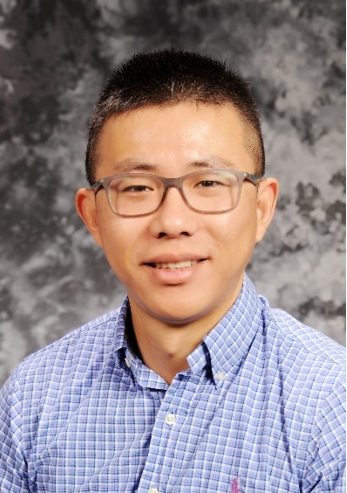
人才队伍
吴巍 研究员

吴巍,研究员、博导,获国家级和中科院海外引才项目支持。本科中南大学,博士毕业于中科院宁波材料所。曾任美国能源部爱达荷国家实验室资深研究员、电化学转化团队负责人,担任 美国能源部HydroGEN、H2NEW 两个氢能联盟技术指导委员。吴巍博士长期专注于高温电化学处理与电催化领域的前沿研究,涵盖天然气提质转化、高温水电解制氢、固体氧化物电池/电堆制造、及环境催化等方向。作为负责人主持 10 余项美能源部及工业项目,获科研经费超 1300 万美元。截至2025年1月,已在Nature、Nature Catalysis、Nature Synthesis等国际顶级期刊发表论文40余篇。在国际重要学术会议上作特邀报告20余次。申请12项美国专利和1项中国专利。2025年1月,以"团队人才"研究员身份全职加入中国科学院宁波材料所。
邮箱:wuwei@nimte.ac.cn
手机:13736082445
办公室:科研楼E301






